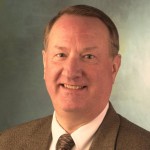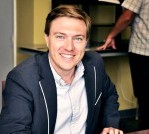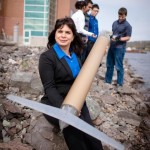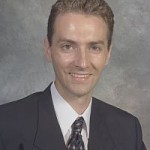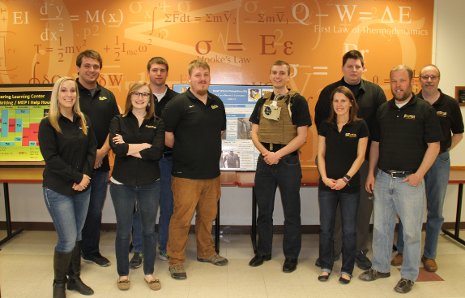Craig Friedrich (MEEM), has been elected a Fellow of the American Society of Mechanical Engineers. William Predebon, chair of Michigan Tech’s Department of Mechanical Engineering-Engineering Mechanics, said Friedrich was recognized for his “outstanding contributions in mechanical micromilling for micro-device packaging, micro heat exchangers and fluidic interconnects, deep x-ray lithography masks and biomedical implants.”
Predebon, who nominated Friedrich, said “Dr. Friedrich is not only an outstanding researcher and engineer, he is also a leader in his profession and in the ME-EM department as the associate chair and director of graduate studies.”
Friedrich said it is gratifying to have been formally recognized by such an esteemed professional society and by the support of peers and colleagues over nearly three decades.
“To be honored in such a way shows that it isn’t a single day that defines success but rather the years of hard work that precedes it,” Friedrich said.
